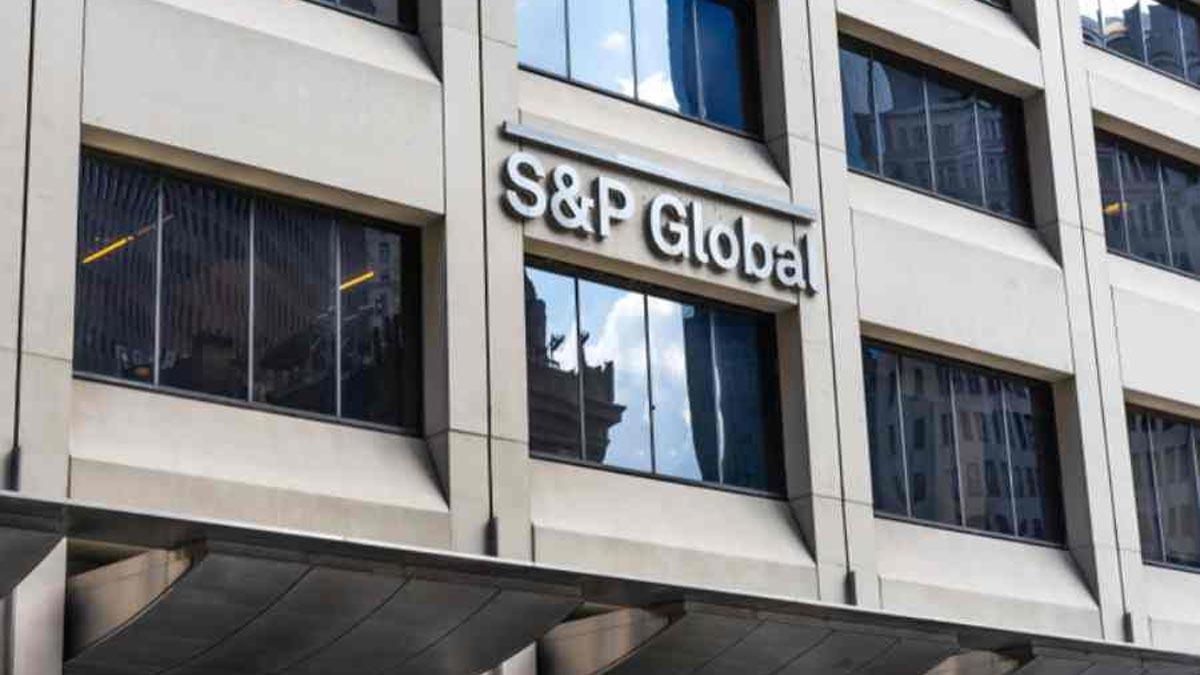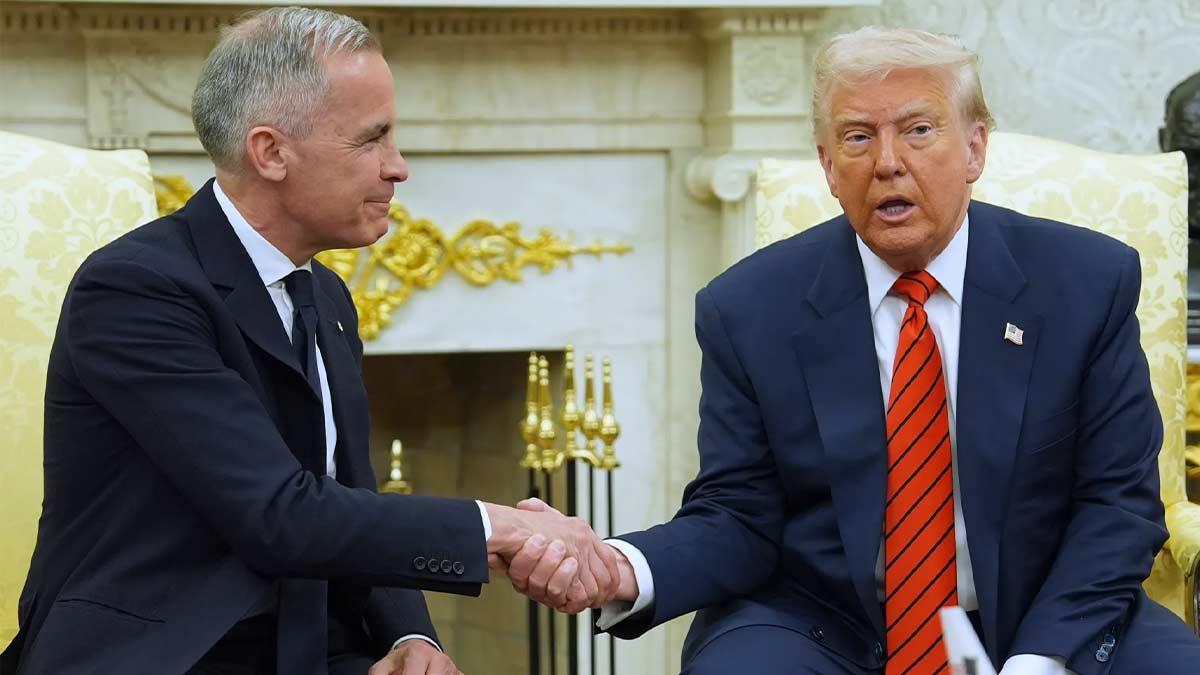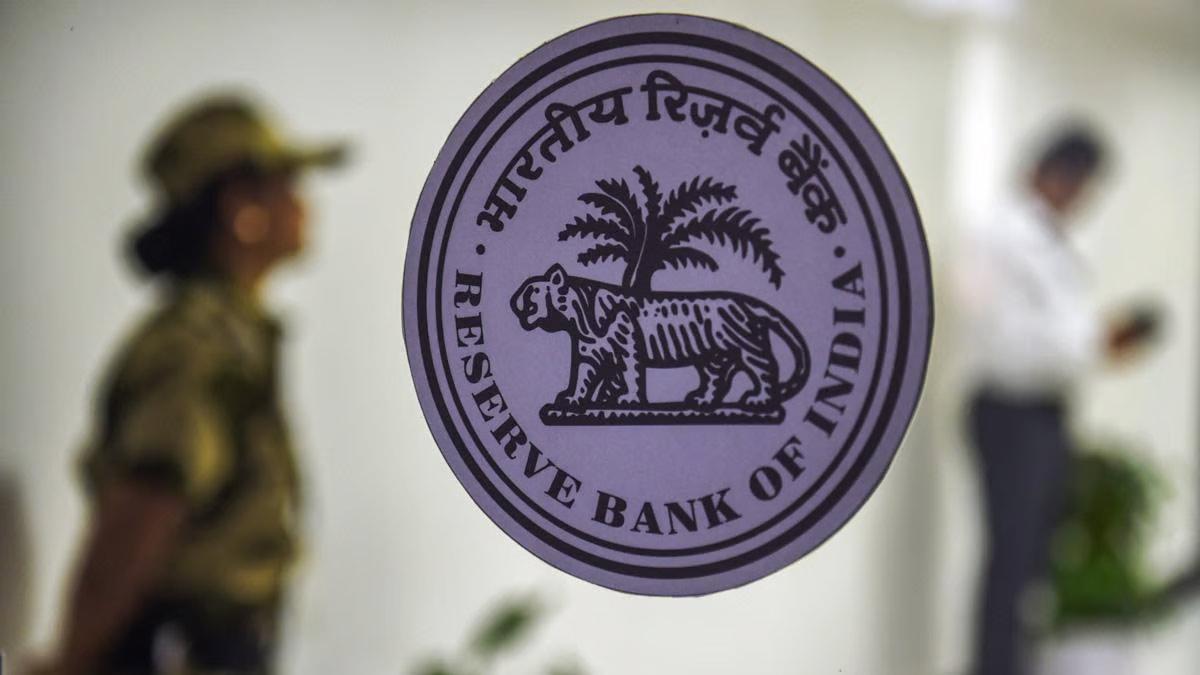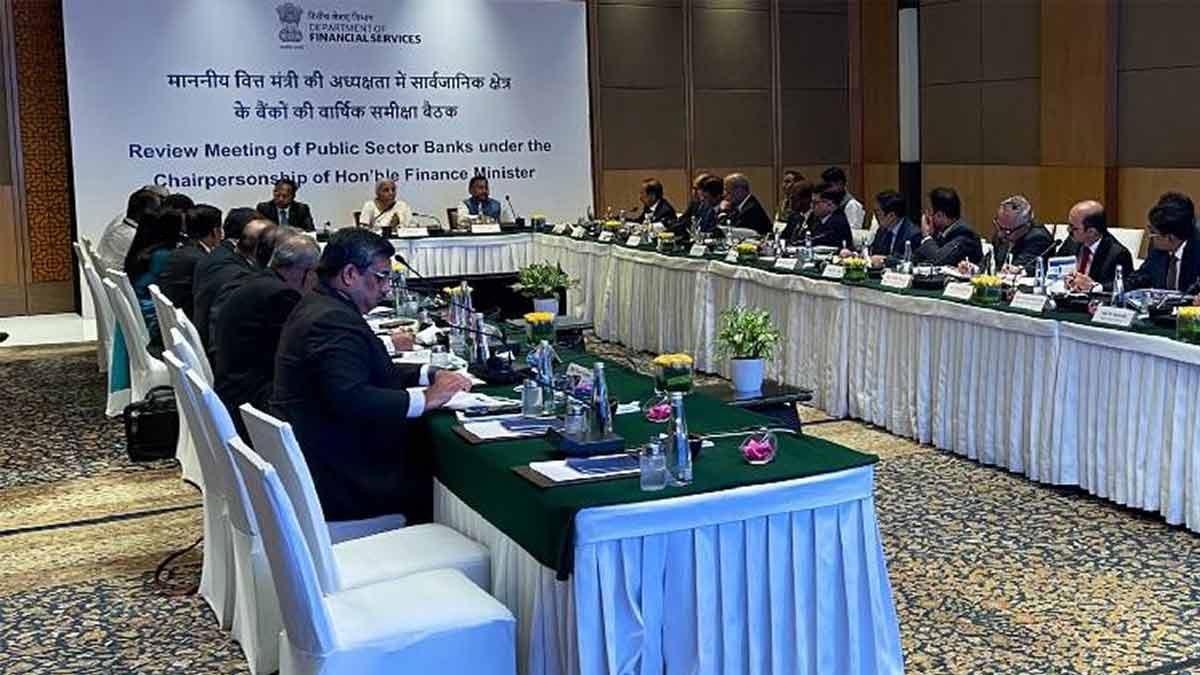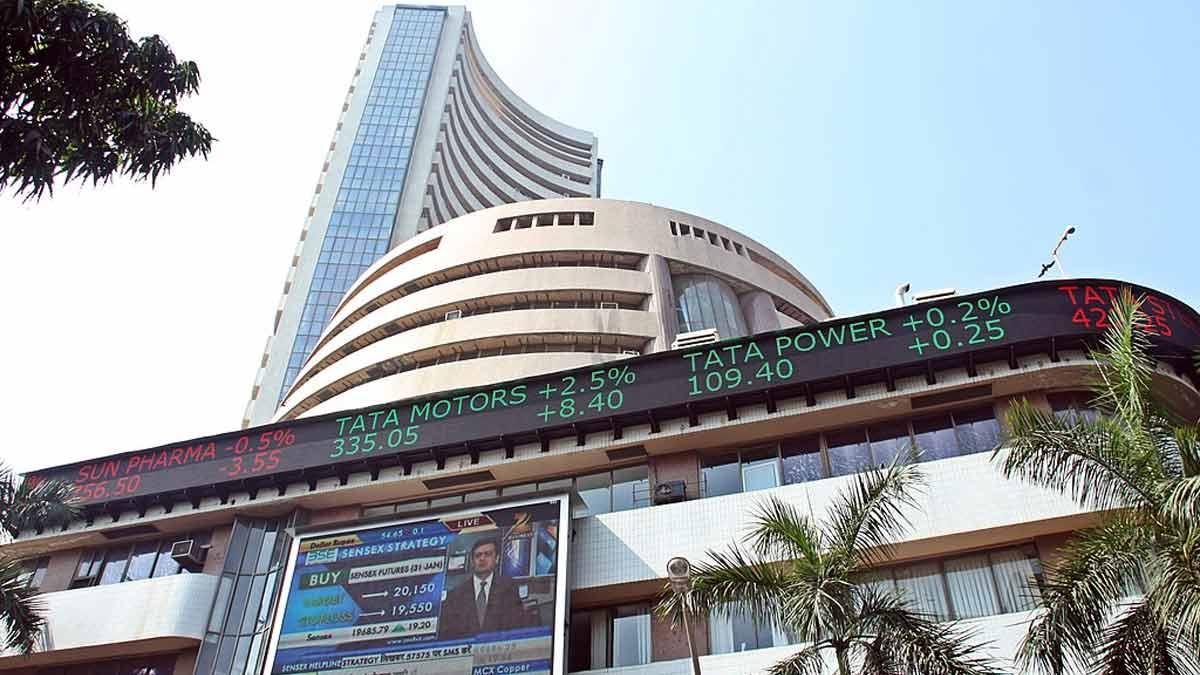S&P Global (NYSE:SPGI) Ratings on Thursday forecast global economic expansion of 3 per cent in 2025 as growth slows in the US, China, and the Eurozone continues to recover, and emerging markets find their footing.
"With easing inflation, resilient labour markets, and sturdy consumer spending bolstering economic activity in most developed markets, we expect steady growth next year," S&P Global said.
Region- and country-specific divergence and overall geopolitical uncertainty represent two notable caveats that blur the overall picture, said S&P Global Ratings in its house view on the year ahead titled 'Global Credit Outlook 2025: Promise And Peril'.
Despite the report, economic soft landings in many major economies and more cuts in policy rates are going to continue supporting credit conditions throughout 2025.
"At the same time, the central banks have initiated reduction of key interest rates, and we do expect more monetary policy easing coming forth but will remain pace-dependent across jurisdictions," says Alexandre Birry, Global Head of S&P Global Ratings Credit Research & Insights.
"More importantly, the descent will be slower than the rise, with rates certain to settle at higher levels than we saw during the substantial stretch of cheap money after the global financial crisis."
S&P Global Ratings also anticipates that defaults will fall, although at a slower pace than the upswing. The poorest-rated borrowers still feel the strains of still-elevated borrowing costs, lingering effects of permanently higher prices on consumers' purchasing power, and heightened geopolitical risk-most notably, increasing protectionism that will weigh on global trade.
"Deepening geopolitical rifts pose the biggest risk to an improving credit landscape," said Gregg Lemos-Stein, Chief Analytical Officer for Corporate Ratings.
"The Russia-Ukraine war's continuation into the end of its third year, the intensification of the conflict in the Middle East, and the propagation of domestic polarization in certain markets could disrupt trade and investment flows, roil financial markets, and force governments to increase defence spending amid already-stretched budgets," the report says.
US President-elect Donald Trump's return to the White House will have far-reaching implications worldwide, though with a high level of uncertainty attached to his second term. On the trade front, Trump has proposed universal tariffs on all goods imported to the US and sharply higher levies on all Chinese goods.
He has more recently promised to implement 25 per cent blanket tariffs on neighboring Canada and Mexico unless those countries limit the influx of immigration into the US, and drugs such as fentanyl being trafficked into the US.
S&P Global Ratings sees inflationary effects in the short term as businesses struggle with higher input costs and consumers pay more for finished goods; the drag on US GDP in the medium term, as underpinning still-high benchmark interest rates; and an accelerated diversification of supply lines over the long term, particularly away from China.
Trump has also vowed to withdraw military funding for Ukraine, which will add to the pressures European governments face in supporting the country.
This can be at the minimum place some additional strains in bilateral flows of trade between the US and China. Beyond that, Europe has complemented those by adding trade-protection measures, partly for countering state subsidies into strategic industries of China.
Divestment out of global supply chains out of China becomes one of the direct results that should have a worldwide impact by opening for unknown winners and losers but for increases in complexities for supply chains or an increase in some inflationary pressure back into the marketplace.
Read also| Bitcoin Hits $1,00,000 Milestone, Experts Predict $120,000 Soon
Read also| Indian Stock Market Starts Strong, Nifty Surpasses 24,500

